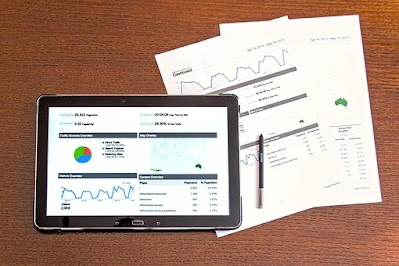Let's take a look at the data science lifecycle. The majority of individuals jump right into utilizing the models they construct on data sets without first learning the fundamentals of data science.
Before you go into using the model, you must first grasp these fundamentals and examine the business requirements.
You guarantee that your results are reliable, make sure to follow the steps of the data science lifecycle. This article provides a high-level summary of the data science lifecycle's phases.
1. Discovery.
Before you begin working on the project, you should be aware of the following: Needs of the business Detailed specifications Budgets are either required or authorized. Priorities are important. You must be able to ask key questions if you want to pursue a career in data science. You must determine whether you have the necessary resources, people, technology, data, and time to support the project's task. This is the stage in which you define the problem and the hypothesis you wish to test.
2. Preparation of Data
When you've identified the resources you'll need to complete the analysis, you'll need to create or find an analytical sandbox where you can test and analyze the data. Before you model the data, you must analyze, investigate, and condition it. To bring the data into the sandbox environment, you must additionally conduct the following steps: Transform and extract Transform the load To clean, manipulate, and display the data utilized in the research, most data scientists utilize R or Python. These programming languages aid in the detection of data outliers. You may also utilize the data to create or discover a link between variables. After the data has been cleansed and processed, you may use it to do several sorts of analysis. Let's have a look at how you can accomplish this.
3. Plan the Model
Identify the approaches and procedures that will assist you in drawing the link between the various variables in the data set at this step. These connections will aid you in deciding which algorithms to apply in the next step of the lifecycle. To do so, you'll need to use numerous equations and visualization ways to use exploratory data analytics methodologies and technologies. Let's have a look at some of the tools that were utilized for this: : R : This programming language contains a number of modelling features. If you are a newbie, it is also a wonderful platform to utilize to design the proper models. SQL : SQL is a set of strategies for performing database analysis utilizing various prediction models and mining algorithms. ACCESS or SAS: These tools can access data from a variety of storage platforms, such as Hadoop, and utilize it to build a reusable and repeatable model. You may construct modelling approaches using a variety of programs on the market, but R is the most popular. You'll have the necessary insights into your data at the conclusion of this step, which will assist you decide which algorithm to apply. The next step is to put this algorithm to work and construct the model.
4. Build the Model
You must now divide the data set into training and testing data sets after deciding the method to utilize. In this step, you must evaluate the available tools to see if they are enough for the task of creating a model. Make sure you find a stable environment in which to run the models. To create the model, you must examine several strategies like as clustering, classification, and association. To construct the model, you may utilize a variety of tools.
5. Put the Model to Work
You run the data through the model in this step and produce the results and technical papers. You may also need to test the model in the production environment to see if it performs as expected. This will show you how the model works with real-time data. You may also determine the model's limitations.
6. Disseminate the Information
It's critical to assess if the model produced the outcomes you required. This may be accomplished by examining your hypotheses. This is the final step of the data science lifecycle, and it is here that you identify and present the main results to the enterprise. Based on the criteria you established in the first step, you may decide the model's outcomes.

